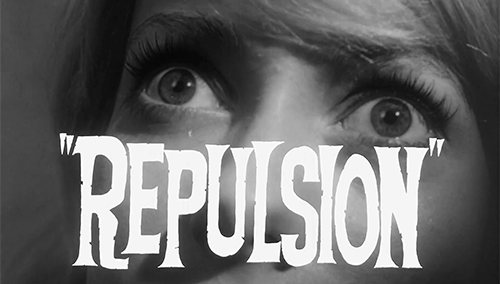Don't Blink!: A lesson in film editing

'Spontaneous Blink': A good example of bad editing in Bohemian Rhapsody
It seems that we can learn a lot about editing from thinking about the way that we blink.
(1) SPONTANEOUS BLINK
Blinking is a necessary and unconscious bodily function that moisturises the eye. And this is not miles apart from the main function of editing. Think of it this way, if the spectator’s attention towards the cinematic experience is distracted by cumbersome editing, there is something wrong. Editing like blinking should be, on the whole, semi-automatic, lubricating (so to speak) the surface of the lens in order to present a cleaner picture without irritants to the spectator. We shouldn’t have to think about it.
But as we know there are more reasons than one for blinking. In fact, there are three classified types of blinking. The first is called the ‘spontaneous blink’ and it is the type that we have just seen.
(2) REFLEX BLINK
The second type is called the ‘reflex blink’. If someone were to jump up out of nowhere and shout “Boo” right in front of your face, then it will probably be this kind of blink. It’s quick (quicker than the spontaneous blink), unconscious again, and most importantly triggered by external stimuli that either make contact with the cornea of the eye or appear rapidly close to the eye. With regards to editing, then, I can see how one could make effective use of the ‘reflex edit’, perhaps to highlight the abrasive and close nature of some external object that has rapidly (and unexpectedly) appeared before the lens.
(3) VOLUNTARY BLINK
The third type is called the ‘voluntary blink’ and as the name suggests differs from the other types in that it is conscious. It is the opposite of the ‘spontaneous blink’. Consciously blinking gives meaning to the blink itself over and above the function of the blink and substitutes the outside world of the subject with their internal world in the moment that the subject has to think about their own bodily function. In this way could one see how the ‘voluntary blink’ might become the ‘voluntary edit’. We want the spectator to dissociate themselves from the cinematic world and turn introspectively towards themselves, perhaps in their roles as spectators. And who knows? Perhaps the Brechtian alienation effect could be effectively utilized via editing in the cinema as well...
* * *
It is a cliched idea that presented something with particularly great importance we cannot take our eyes off it… “Can’t take my eyes off you,” Frankie Valli sang… “I couldn’t look away even if I wanted to,” we often hear from someone recounting a terrifying experience, or simply an experience that was simply drop-dead weird. The point I’m making is that just as there are cases in which we do not blink so as no to miss a single moment, editing should also mirror this habit when it wants to show the importance of a moment. Inversely, if there is a scene that is left running without an edit for a long time, but we cannot identify the importance of the scene, that is, the scene’s I-must-not-blink-in-case-I-miss-it moment, then we are conditioned to expect with baited breath that moment.
Food for thought: normally, adults blink on average 15 times a minute whereas babies only blink once or twice every minute. It might be interesting to see someone vary the number and kind of editing according to the camera’s representation of age.
© 2020 Samuel Brookes



